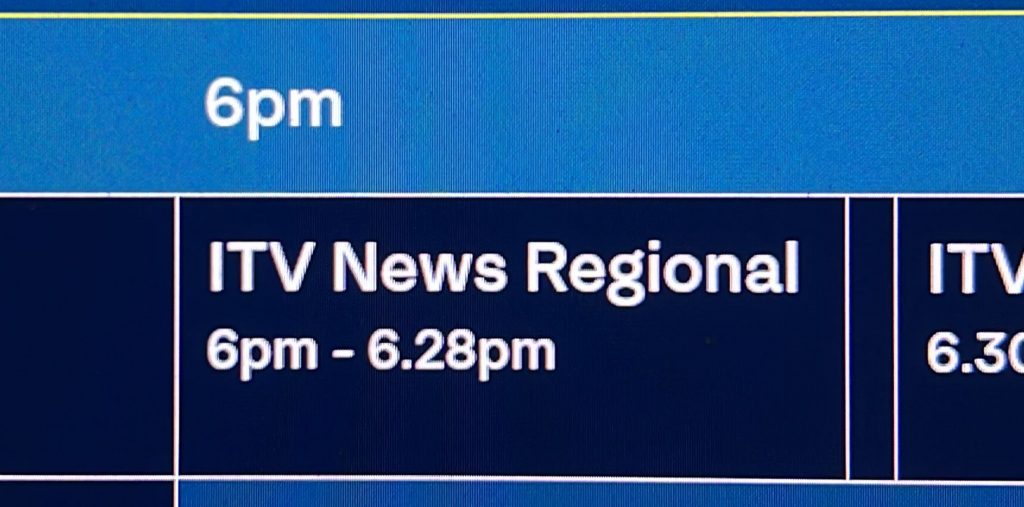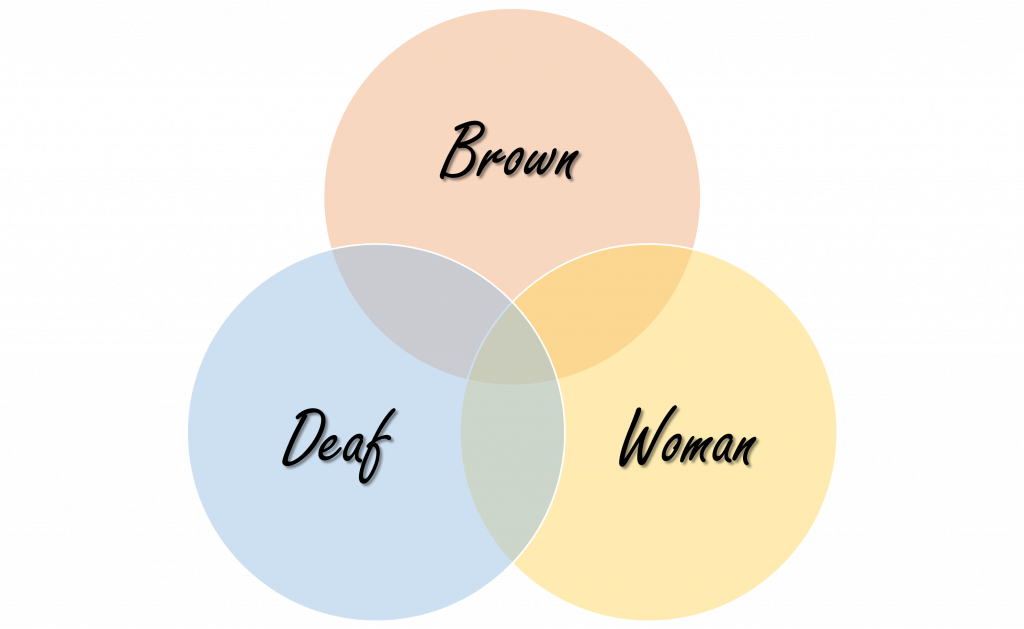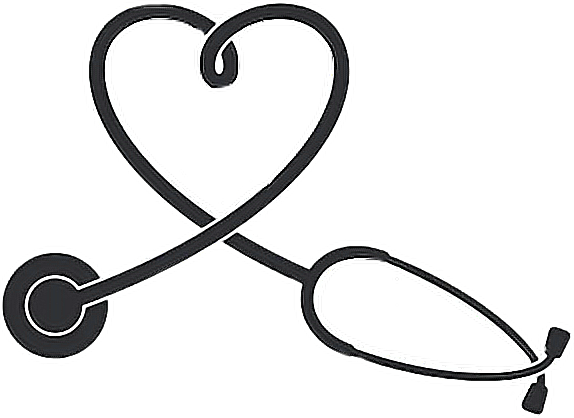Stethoscopes! They were the bane of my life in Year 4. In Cambridge, the first three years of our course are pre-clinical, with very little clinical exposure and many, many essays… Come Year 4, we are thrown in at the deep end and suddenly I needed to know where the heart and lungs were! Towards the end of my third year, I knew I had to start looking into amplified stethoscopes when I tried a friend’s normal stethoscope and I realised I couldn’t hear their heart (or mine!)
Looking for answers, I emailed many people in the Clinical School, my university’s Disability Resource Centre (DRC), my current audiologist at Cambridge and even my paediatric audiologists from Guy’s and St Thomas’ Hospital, London. Everyone was really lovely and tried their best to help, but I was surprised at how little information there was on amplified stethoscopes, and how confusing it all was. I wanted to write a blog post to compile all the research I did.
I had several factors to consider, which you may too:
- How severe is your hearing loss – what level of amplification might you need? – I could not hear with a normal stethoscope.
- What brand of hearing aids do you have? – I had Oticon Engage hearing aids, but halfway through this process, I switched to Oticon Sensei Pro hearing aids (causing some further confusion!)
- Wireless connection (Bluetooth) or wired to your hearing device? – I use a wired option.
- If wired, do you want earphones, headphones, or hearing aid shoes? – I use shoes.
- What is your budget? Are you able to apply for funding from your university or place of work? – I was able to apply for funding from my university Disability Resource Centre and my college (Gonville & Caius College)
Stethoscope
I did some research, and I found out about the Thinklabs One Digital Stethoscope, which I had seen other health professionals recommending on Facebook groups and online. Their stethoscope claims to exceed the amplification of a regular stethoscope by 100x, addressing the needs of health professionals with hearing loss.
Their website has a page specifically for people with hearing aids. They explain how their stethoscope can be used with a table summarising how it can be used with different types of hearing devices (click here).
Wired options
Wired options give a more robust connection, and potentially a better sound quality than wireless Bluetooth options. This would potentially give the user more security in knowing they have not missed any important heart or lung sounds. I have BTE (behind-the-ear) hearing aids, so from the above table, I could use either on-ear or over-ear headphones. Thinklabs recommend Beats Executive headphones, but these are quite expensive. However, for me, I knew I did not want headphones over my hearing aids. I have always found them to be very clunky and uncomfortable over my hearing aids, and the sound quality was never that good anyway.
Alternatively, I could have used earphones connected to my stethoscope. With my level of hearing loss, earphones usually transmit enough sound for me to take most phone calls and listen to music. However, I thought earphones would not be a good option for me as I would have had to remove my hearing aids to use them and this would mean I would miss any other sounds happening in the room, including anything the patient may say.
Wireless option
Apart from wired options, I also had the option to use streamer devices to deliver sound directly to my hearing aids, such as the Roger Pen. This is a portable microphone that can wirelessly transmit sound in noise and over distance. This would however require me to wear my hearing aids, Oticon shoes, and Roger receivers, allowing me to wirelessly connect to the stethoscope. With this option, I would not have to connect anything at the time of use, as it would all be automatic. The Roger Pen could also be useful in other situations such as lectures or conferences.
At the time, I had Oticon Sensei Pro hearing aids. This brand requires FM9 shoes to be put attached to the bottom. At the time of research, the pricing for all of the equipment was as follows on Connevans (after VAT relief for disabled customers):
- Thinklabs one digital amplified medical stethoscope = £444.00
- Phonak Roger pen Ruby microphone transmitter = £510.00
- Two Oticon shoes FM9 for ear level receiver = £21.84 x 2 = £43.68
- Two Phonak Roger X receivers (type 02) for Oticon hearing aids = £510 x 2 = £1020.00
This would come up to a total of £2017.68, and I found this to be too expensive for me, especially as my college (Gonville & Caius) and the Disability Resource Centre at Cambridge were both helping me fund my stethoscope.
My first purchase – Oticon Sensei Pro hearing aids
Alternatively, the cheaper option was to have direct input leads that connect my hearing aids (and shoes) to the stethoscope. This is, admittedly, more clunky to carry around in hospitals compared to a wireless option, like the Roger Pen. I would also need to attach the direct leads to my stethoscope each time I need to use it, requiring me to take my hearing aids out very briefly. At this time, I still had Oticon Sensei Pro hearing aids, but I would need another type of shoe (Oticon AP900 shoes) for the direct input leads. At the time of research, the pricing for this was as follows on Connevans (after VAT relief):
- Thinklabs One Digital Amplified Stethoscope = £444
- 800mm binaural V direct input lead = £21.50
- Two Oticon audio input shoes AP900 = £22.75 x 2 = £45.50
This came up to a total of £518.95 with delivery, and this is the option I went with!
My updated (and last!) purchase – Oticon Engage 105 hearing aids
A few months later, however, my hearing aids had been upgraded to Oticon Engage 105, which has Bluetooth function. This was amazing as I could now stream music directly to my hearing aids! However, with regard to my stethoscope, the equipment I had would no longer work with my new hearing aids. I wanted a new option that would require me to buy the least amount of equipment.
After lots of research and help from my audiologists, I found out that I would need the Oticon AP1000 shoes. These would however require me to replace the battery drawers of my hearing aids using the Oticon Corda Hearing Aid Service Tool. This replacement drawer has it own specific shape and size to allow the AP1000 shoe to connect to the Engage 105 hearing aids. Luckily, my audiologist was able to send me a service tool that I could use, but otherwise, I could have bought it here. Therefore, finally, at the time of research, the pricing for the new equipment was as follows on Connevans (after VAT relief):
- Two Oticon audio input shoes AP1000 = £22.75 x 2 = £45.50
- Two battery drawer shoe adaptor = £10 x 2 = £20
This came up to an additional £73.40 with delivery, so that I could use my stethoscope with my new Oticon Engage 105 hearing aids. I then just had to replace the battery drawers using the service tool, where I found instructions online (click here!)
Finally, I had everything!
I hope this helps you in finding the right stethoscope for you. I would recommend reaching out to as many sources of support as you can, your audiologist, your university/work, Occupational Health, your supervisors, and even me! All of this research took a long time for me, and I could not have done it alone. All information was accurate at the time of purchase, around a year ago, so please make sure you double-check any of the details before you buy a stethoscope for your own hearing device. Be especially careful with buying the correct shoes, and finding out whether your hearing aid battery drawer needs replacing (but your audiologist should be able to help you)! Finally, do try and apply for funding as you should not have to pay for needing reasonable adjustments for your work.
Well done for getting this far! Thank you for reading, and I hope it has been of some help!
Ashna x















